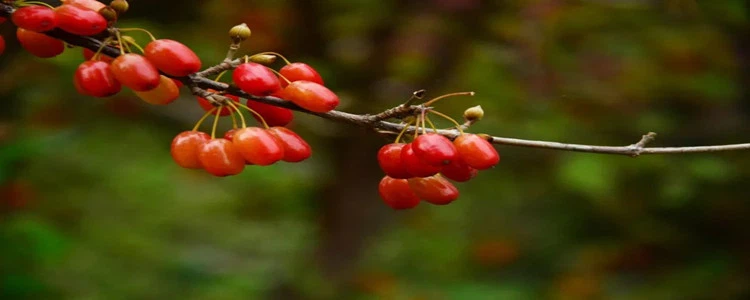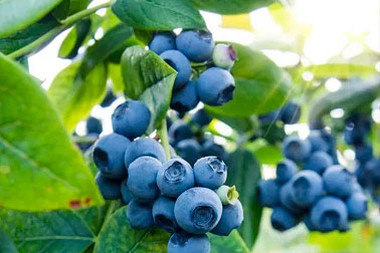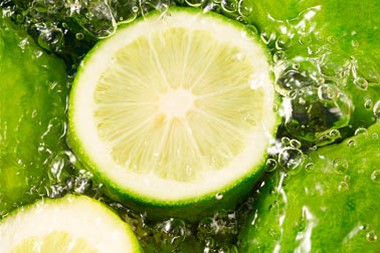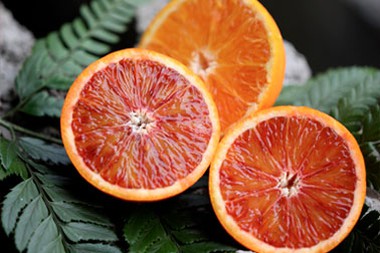Cornus Officinalis Extract Exploring its Common Name and Applications
Introduction
it, derived from the Cornus officinalis plant, has been utilized for centuries in traditional medicine due to its numerous health benefits. This plant is widely cultivated in East Asia and is known by various common names across different cultures. In this article, we will explore the common name for it, its traditional uses, and its applications in various industries.
Common Name for it
The common name for it varies depending on the region and cultural context. In East Asia, it is commonly referred to as "Shanzhuyu" in China, "Sansuyu" in Korea, and "Sanjuyu" in Japan. These names have deep historical roots and are recognized in traditional medicine practices.
Traditional Uses
it has a rich history of use in traditional medicine systems such as Traditional Chinese Medicine (TCM), Korean Medicine, and Japanese Kampo. It is believed to possess various properties beneficial for human health. Some of the traditional uses include
1. Digestive Health it is believed to promote healthy digestion by supporting the digestive system's function and relieving gastrointestinal discomfort.
2. Blood Circulation It is commonly used to promote blood circulation, which is considered essential for overall health and vitality.
3. Liver and Kidney Health has been traditionally used to support liver and kidney functions, contributing to detoxification and overall well-being.
4. Vision Support In traditional medicine, it is believed that it supports eye health, including the improvement of vision and addressing certain eye-related conditions.
Applications in Various Industries
Apart from its traditional uses, it has found applications in various industries due to its beneficial properties. Here are some examples
1. Cosmetics and Skincare it is incorporated into cosmetic formulations and skin care products for its antioxidant properties, which help protect the skin from damage caused by free radicals and promote a youthful appearance.
2. Nutraceuticals Due to its potential health benefits, it is used as an ingredient in nutraceutical products, such as dietary supplements and functional foods.
3. Traditional Medicine Products In countries where traditional medicine systems are widely practiced, it is utilized to formulate herbal remedies and health supplements.
4. Beverages Some manufacturers use it in the production of health drinks, herbal teas, and functional beverages, aiming to provide consumers with a natural and health-promoting option.
Conclusion
it, known by various common names in different cultures, has a long history of traditional use in East Asia. Its potential health benefits have led to its incorporation into multiple industries, including cosmetics, nutraceuticals, traditional medicine, and beverages. As scientific research progresses, understanding of this extract's properties and potential applications continues to expand, making it an intriguing ingredient in the realm of natural health and wellness.
Exploring the Flavor Profile of Cornus officinalis
Introduction
Cornus officinalis, commonly known as Japanese cornelian cherry or Chinese dogwood, is a fruit-bearing tree native to East Asia. With its historical significance in traditional Chinese medicine and its culinary applications, it has gained recognition for its unique taste profile. In this article, we will delve into the flavors and characteristics of it, providing an insightful exploration of this intriguing fruit.
1. Appearance and Origin
Cornus officinalis fruits are small, round berries that typically measure about 1-2 centimeters in diameter. They have a vibrant, glossy red color when ripe and are often clustered together on the tree. Originating in regions such as China, Korea, and Japan, it has a rich cultural heritage and has been cultivated for centuries.
2. Aromatic Profile
When it comes to its aroma, it offers a unique blend of fruity and floral notes. The fragrance is often described as mildly sweet, reminiscent of cherries or cranberries, with a subtle hint of honey or caramel. The enticing aroma adds to the overall sensory experience of consuming it.
3. Taste Profile
The taste of it is complex and intriguing. It combines various flavors, including sweet, sour, and slightly bitter notes. The fruit has a distinct tartness, similar to that of a sour cherry or a tangy plum. The sourness is well-balanced with a natural sweetness, creating a harmonious flavor profile. The mild bitterness adds depth and complexity to the overall taste, contributing to its unique appeal.
4. Texture
it possesses a firm yet juicy texture. The flesh of the fruit is tender, and its small seeds add a delightful crunch. When bitten into, the fruit releases its succulent juice, creating a refreshing and invigorating sensation.
5. Culinary Uses
it is a versatile fruit that can be enjoyed in various culinary applications. In East Asian cuisines, it is commonly used in both sweet and savory dishes. The tartness of it makes it an excellent ingredient for preserves, jams, and jellies. It can also be used in sauces, marinades, and dressings to add a unique tangy flavor. Additionally, dried fruit is often used in traditional herbal teas, imparting its distinctive taste and potential health benefits.
6. Nutritional Value
Apart from its taste, it also offers nutritional benefits. It is a rich source of essential vitamins, including vitamin C, vitamin A, and various B vitamins. The fruit also contains minerals such as potassium, calcium, and magnesium. Cornus officinalis is also known for its antioxidant properties, which can contribute to overall health and well-being.
Conclusion
Cornus officinalis, with its captivating taste profile and cultural significance, continues to be appreciated in both traditional and modern culinary practices. Its balance of sweet, sour, and slightly bitter flavors, combined with its unique aroma, makes it a truly exceptional fruit. Whether enjoyed fresh, dried, or incorporated into various dishes, Cornus officinalis offers a delightful sensory experience that adds a distinct touch to any culinary creation.

Title Understanding the Distinction between Cornus Mas and Cornus Officinalis
Introduction
Cornus Mas and Cornus Officinalis are two species of flowering plants belonging to the Cornaceae family. While they share certain similarities, they also exhibit distinct characteristics that set them apart. This article aims to provide a comprehensive understanding of the differences between Cornus Mas and Cornus Officinalis, shedding light on their botanical features, medicinal properties, and uses.
1. Botanical Features
1.1 Cornus Mas
- Commonly known as Cornelian cherry or European cornel.
- Native to Europe and Western Asia.
- Grows as a deciduous shrub or small tree, reaching a height of 5-12 meters.
- Bears have bright yellow flowers in early spring, followed by bright red oval-shaped fruits.
- Leaves are elliptic, dark green, and turn reddish-purple in autumn.
1.2 Cornus Officinalis
- Also known as Japanese cornel or Asiatic dogwood.
- Indigenous to East Asia, including China, Korea, and Japan.
- Grows as a small deciduous tree, attaining a height of 6-9 meters.
- Produces small clusters of yellow flowers in late spring, followed by red oblong fruits.
- Leaves are opposite, elliptic to oval, and turn deep red in autumn.
2. Medicinal Properties
2.1 Cornus Mas
- Rich in vitamin C, antioxidants, and flavonoids.
- Known for its anti-inflammatory properties.
- Traditionally used to improve digestion and stimulate appetite.
- Has astringent properties and is used in folk medicine to alleviate diarrhea and dysentery.
- Exhibits potential cardioprotective effects and may support cardiovascular health.
2.2 Cornus Officinalis
- Contains various bioactive compounds, including iridoids and flavonoids.
- Has been used in traditional Chinese medicine for centuries.
- Believed to tonify the kidneys and liver.
- May have anti-inflammatory and anti-aging effects.
- Utilized to improve reproductive health and treat conditions related to the kidneys and urinary system.
3. Culinary and Other Uses
3.1 Cornus Mas
- Fruits are edible and commonly used in the preparation of jams, jellies, and alcoholic beverages.
- Known for their tart flavor, similar to sour cherries.
- Can be consumed fresh or dried and used as a flavoring agent.
- Wood is dense and hard, suitable for crafting tool handles, walking sticks, and furniture.
3.2 Cornus Officinalis
- Fruits are edible and often utilized in traditional Korean cuisine.
- Widely used to make traditional medicinal wines and teas.
- Wood is durable and used in the production of furniture, tool handles, and crafts.
- Ornamental value in landscaping due to its vibrant autumn foliage and attractive flowers.
Conclusion
While Cornus Mas and Cornus Officinalis Extract are related species within the Cornaceae family, they have distinct botanical features, medicinal properties, and uses. Cornus Mas is prevalent in Europe and Western Asia, known for its tart fruits and potential cardiovascular benefits. Cornus Officinalis, on the other hand, originates from East Asia and is used in traditional Asian medicine, particularly for kidney-related ailments. Understanding the differences between these two species provides valuable insights into their unique characteristics and practical applications in various domains.
Please contact us at selina@ciybio.com.cn



